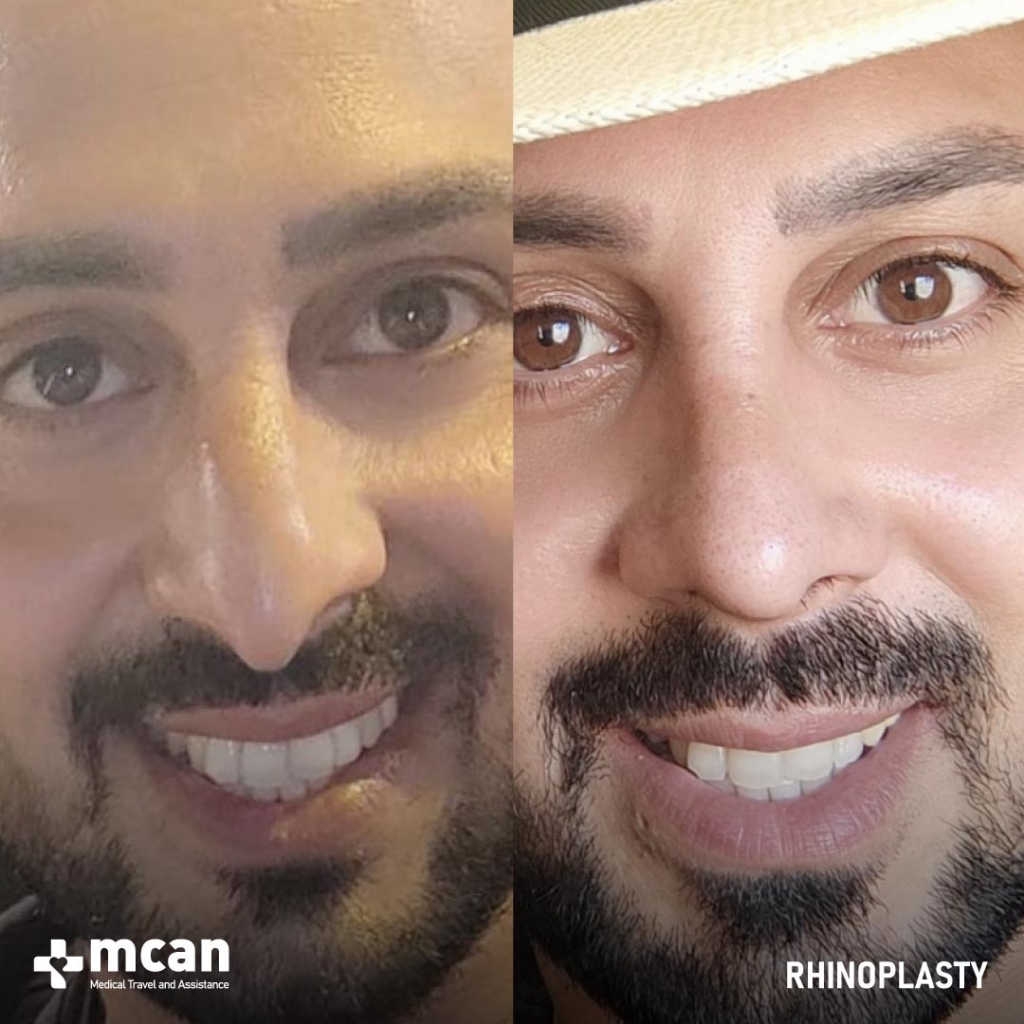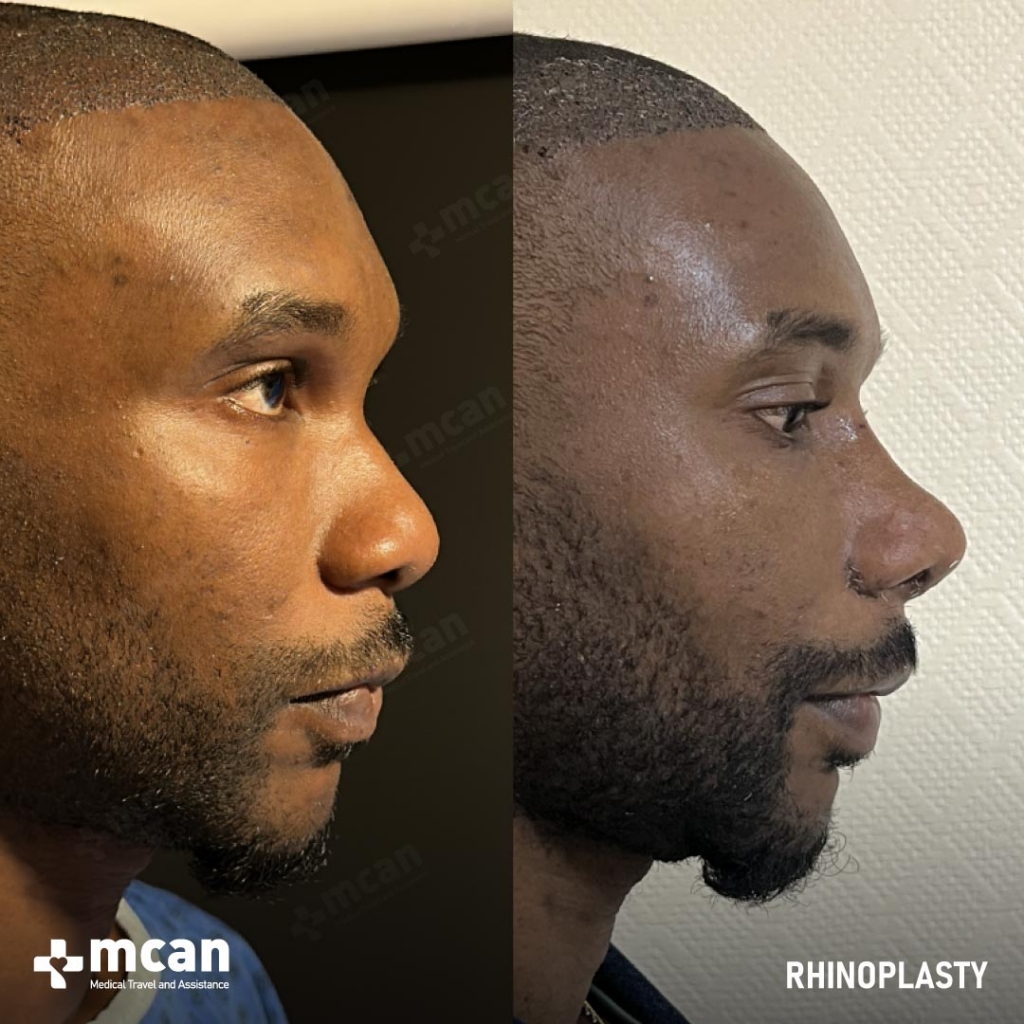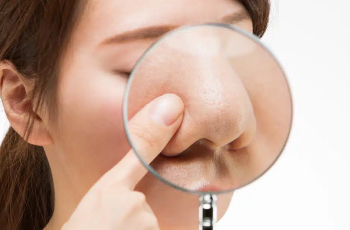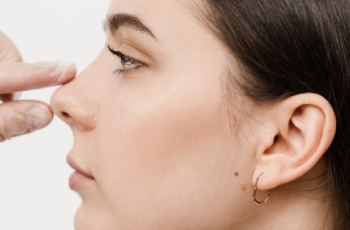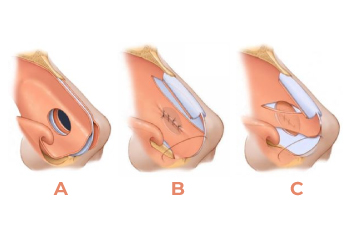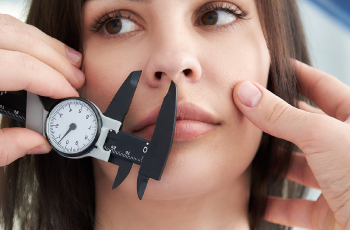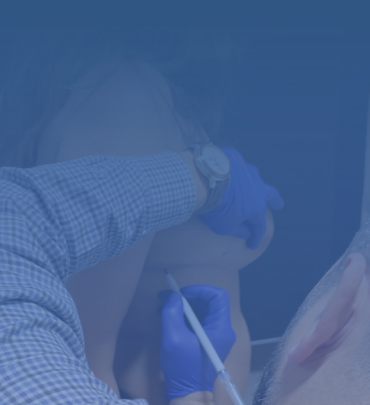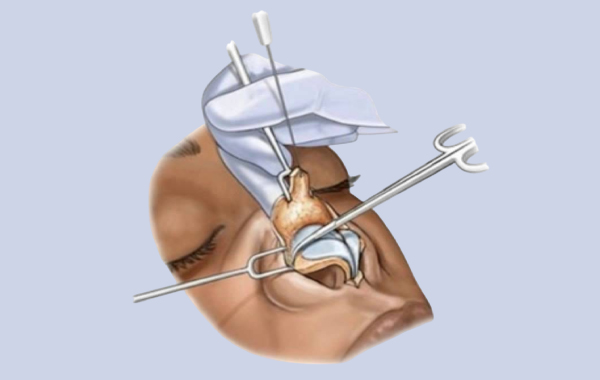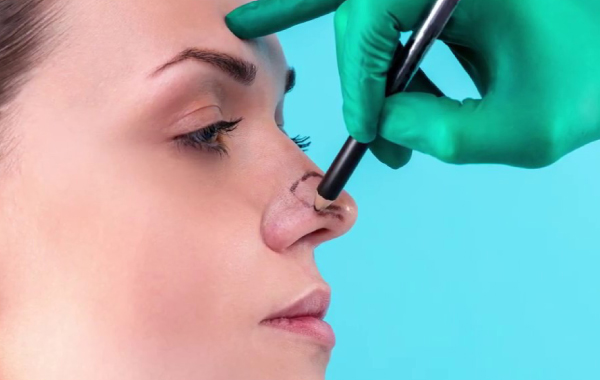Anesthesia
The surgery begins with anesthesia to ensure your comfort throughout the procedure. General anesthesia is most commonly used, allowing the surgeon to perform the operation with precision while keeping you pain-free.
Incision
Depending on the chosen surgical technique, the surgeon will make either an open or closed incision. In open rhinoplasty, a small incision is made on the columella (the tissue between the nostrils), providing better visibility for complex reshaping. Closed rhinoplasty involves incisions inside the nostrils, leaving no visible external scars. In some cases, incisions may also be made on the nasal wings (wing surgery) to reduce nostril size.
Reshaping the Nose
The surgeon reshapes the underlying bone, cartilage, and tissue to achieve the desired nasal contour. This may involve reducing or augmenting structures, straightening the nasal bridge, or refining the tip. Specialized tools and techniques are used to sculpt the nose with precision.
Closing the Incision
Once the reshaping is complete, the surgeon closes the incisions using fine sutures. In open rhinoplasty, the columella incision is carefully stitched to minimize visible scarring. Internal splints or packing may be placed to support the healing nasal structures.
Splinting and Support
An external splint is applied to maintain the new shape of the nose and protect it during the initial healing phase. This splint helps reduce swelling and ensures the nose stabilizes properly in its new form.


















